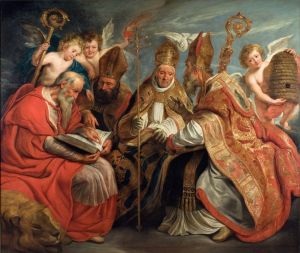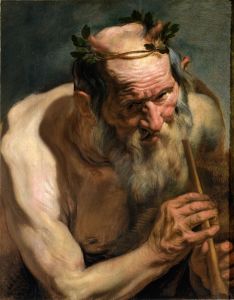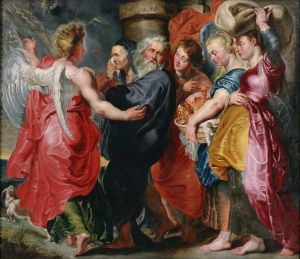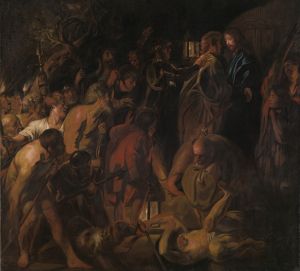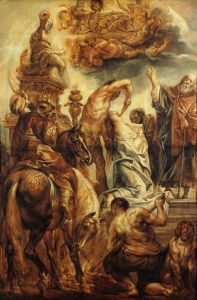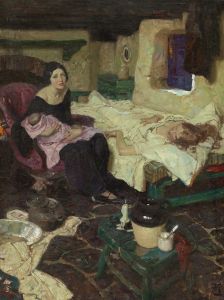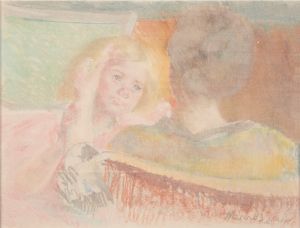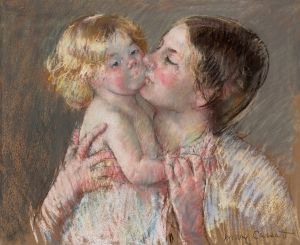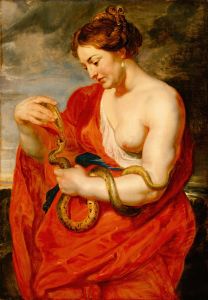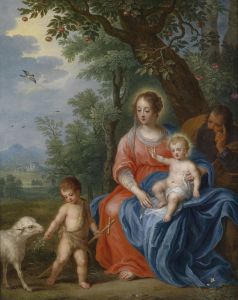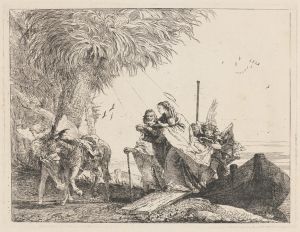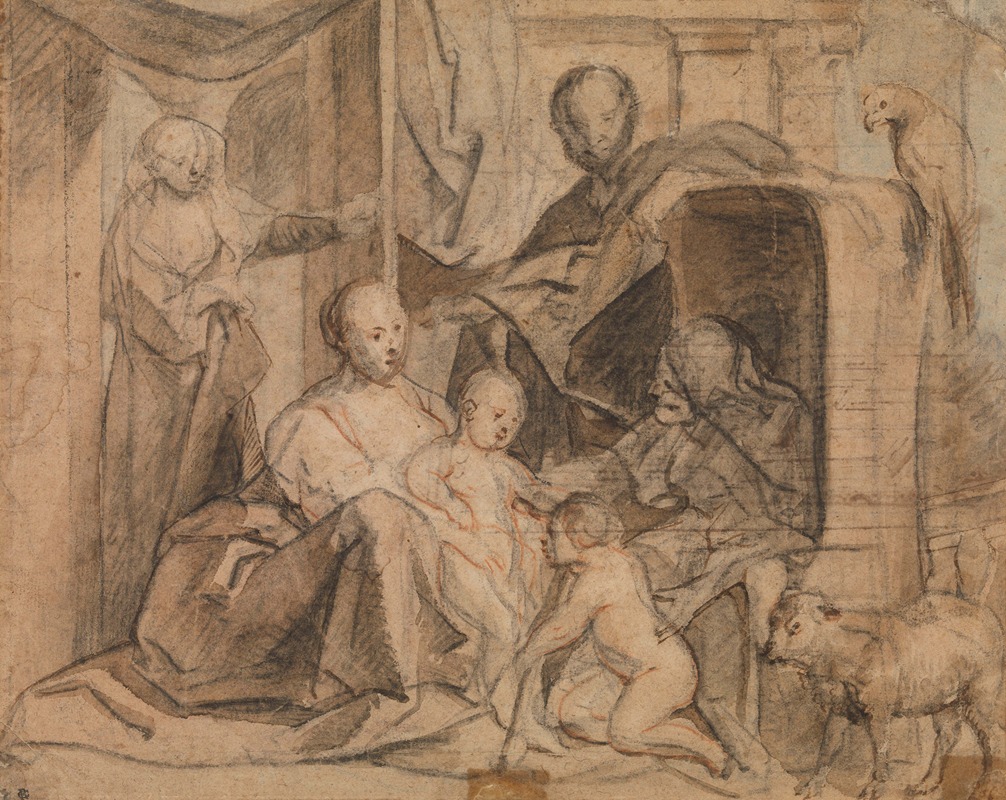
Die Heilige Familie mit Elisabeth und dem Johannesknaben
A hand-painted replica of Jacob Jordaens’s masterpiece Die Heilige Familie mit Elisabeth und dem Johannesknaben, meticulously crafted by professional artists to capture the true essence of the original. Each piece is created with museum-quality canvas and rare mineral pigments, carefully painted by experienced artists with delicate brushstrokes and rich, layered colors to perfectly recreate the texture of the original artwork. Unlike machine-printed reproductions, this hand-painted version brings the painting to life, infused with the artist’s emotions and skill in every stroke. Whether for personal collection or home decoration, it instantly elevates the artistic atmosphere of any space.
Jacob Jordaens, a prominent Flemish Baroque painter, is known for his vibrant and dynamic compositions. One of his notable works is "Die Heilige Familie mit Elisabeth und dem Johannesknaben" (The Holy Family with Saint Elizabeth and the Infant Saint John the Baptist). This painting exemplifies Jordaens' skill in depicting religious themes with a lively and human touch, characteristic of the Baroque period's emphasis on emotion and movement.
The painting portrays a familiar biblical scene featuring the Holy Family: the Virgin Mary, Saint Joseph, and the infant Jesus. Accompanying them are Saint Elizabeth and her son, the infant Saint John the Baptist. This gathering of figures is a common subject in Christian art, symbolizing the close familial ties and the prophetic role of John the Baptist in heralding the coming of Christ.
Jordaens' composition is marked by its rich color palette and dynamic arrangement of figures. The artist employs a warm and earthy color scheme, which is typical of his work, to create a sense of intimacy and warmth. The figures are arranged in a way that guides the viewer's eye through the composition, creating a sense of movement and interaction among them. This dynamic arrangement is a hallmark of Baroque art, which sought to engage viewers emotionally and draw them into the scene.
The expressions and gestures of the figures in the painting are particularly noteworthy. Jordaens captures a moment of tender interaction between the Virgin Mary and the infant Jesus, highlighting the maternal bond. Saint Elizabeth is depicted with a gentle and caring demeanor, reflecting her role as a supportive figure in the life of the Holy Family. The infant John the Baptist is shown with a sense of curiosity and playfulness, which adds a touch of realism and humanity to the scene.
Jordaens was influenced by the works of Peter Paul Rubens, another master of the Flemish Baroque. This influence is evident in Jordaens' use of dramatic lighting and his ability to convey emotion through the depiction of the human form. However, Jordaens developed his own distinctive style, characterized by a more robust and earthy quality, which is evident in this painting.
"Die Heilige Familie mit Elisabeth und dem Johannesknaben" reflects Jordaens' ability to blend religious themes with a sense of everyday life. His depiction of the Holy Family is both reverent and relatable, making the divine accessible to the viewer. This approach was in line with the Counter-Reformation's emphasis on making religious art more engaging and understandable to the general public.
The painting is a testament to Jordaens' skill as a storyteller through art. His ability to capture the essence of a scene and convey it with clarity and emotion is what makes his work enduringly popular. While Jordaens may not have achieved the same level of fame as Rubens during his lifetime, his contributions to the Baroque movement and his unique artistic voice have secured his place in art history.
In summary, "Die Heilige Familie mit Elisabeth und dem Johannesknaben" by Jacob Jordaens is a quintessential example of Flemish Baroque art. Through its dynamic composition, rich color palette, and emotive portrayal of biblical figures, the painting exemplifies Jordaens' mastery of his craft and his ability to convey religious themes with warmth and humanity.





